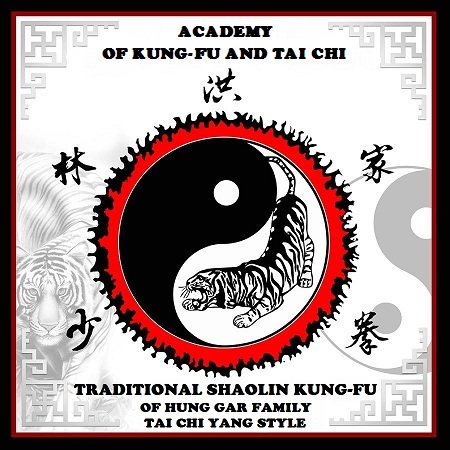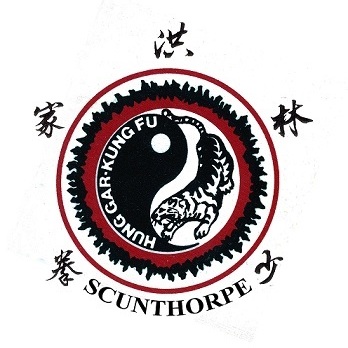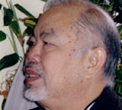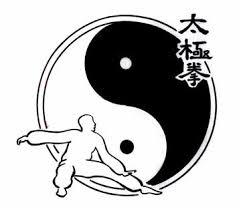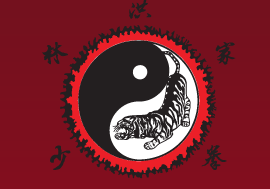
SCUNTHORPE ASSOCIATION
OF KUNG-FU & TAI-CHI
TRADITIONAL SHAOLIN KUNG-FU
OF HUNG GAR FAMILY
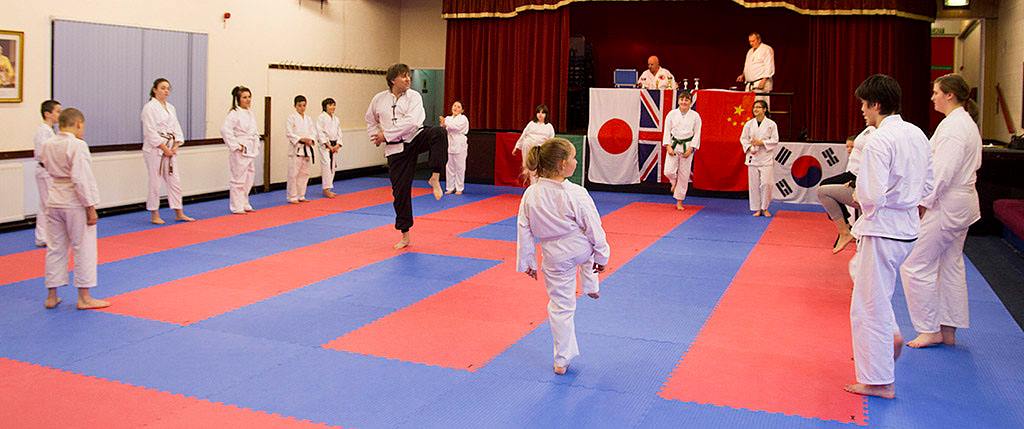

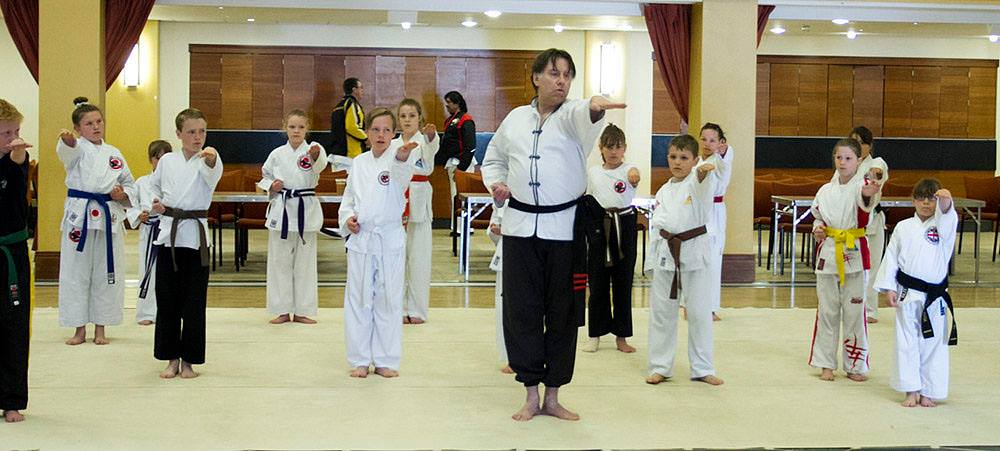
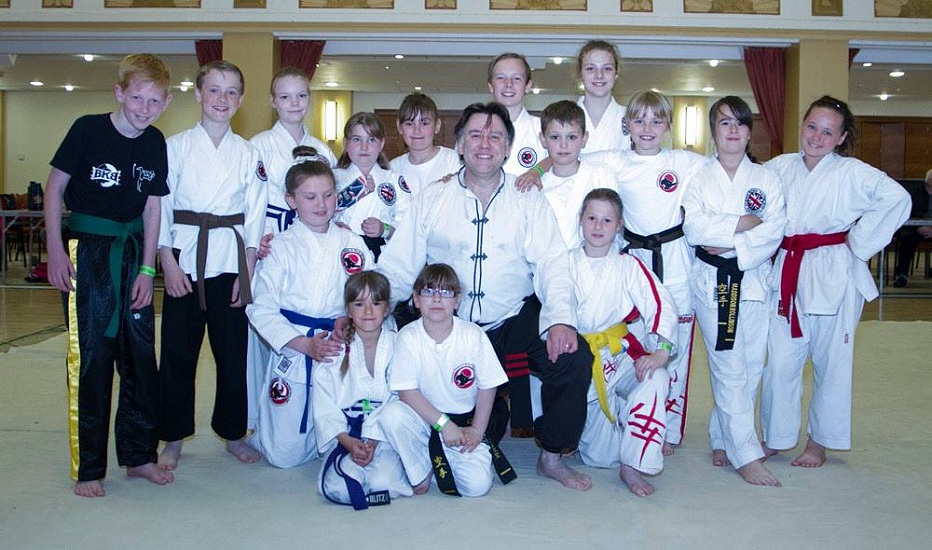
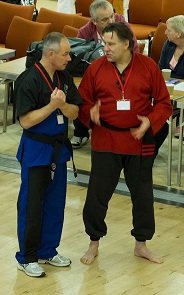

Hung Gar or the Shaolin boxing of the South
In the fall of the monastery of Shaolin, five monks escaped and established five schools which only have the right in the naming Shaolin of direct lineage: Mo Gar, Liu Gar, Choy Gar, Li Gar and Hung Gar. Only three schools remain present. Li Gar and Choy Gar merged rise to the school Choy Li Fut. Only Hung Gar stayed such as originally. it preserves the techniques of the monastery (techniques of five animals). So called school of the Tiger and the Crane, it was established in the XVI century by the monk Hung Te Ti and was passed on from master to follower until our days.
It represents the school of Shaolin of the South. her biggest representative was Hung Gee Gong and his last great master Lan Sai Wing who is the filiation followed by our school.
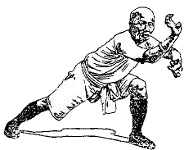 Boxing developed essentially in the region of Canton in the South of China. This boxing received as inheritance five treasures, transmitted by the school of Shaolin. These five
treasures are: five punches, five kicks, five blockings, five additional blockings and five postures. These five treasures express the keystone of the system Shaolin and are the
essence, it is also the heart of the system Wai Chia or the extern. These five combined treasures form the five actions of Shaolin.
Boxing developed essentially in the region of Canton in the South of China. This boxing received as inheritance five treasures, transmitted by the school of Shaolin. These five
treasures are: five punches, five kicks, five blockings, five additional blockings and five postures. These five treasures express the keystone of the system Shaolin and are the
essence, it is also the heart of the system Wai Chia or the extern. These five combined treasures form the five actions of Shaolin.
Every action is determined by a movement (move forward, move back). Of the capacity of the studian to understand and to determine the correct action, will appear the appropriate technique. This is why it is very important to understand the five actions. This school is based on the power of the Tiger and the flexibility of the Crane. The tiger is characterized by the element wood, short distances, the implanting, the ferocity, the hard (the aspect yang).
The crane is characterized by the strength, the speed and the coolness in the fight, the long distance, the lightness (the aspect yin). Outcome directly of the Shaolin's mother system, it is a typical representative of the style Wai Chia or the extern.
